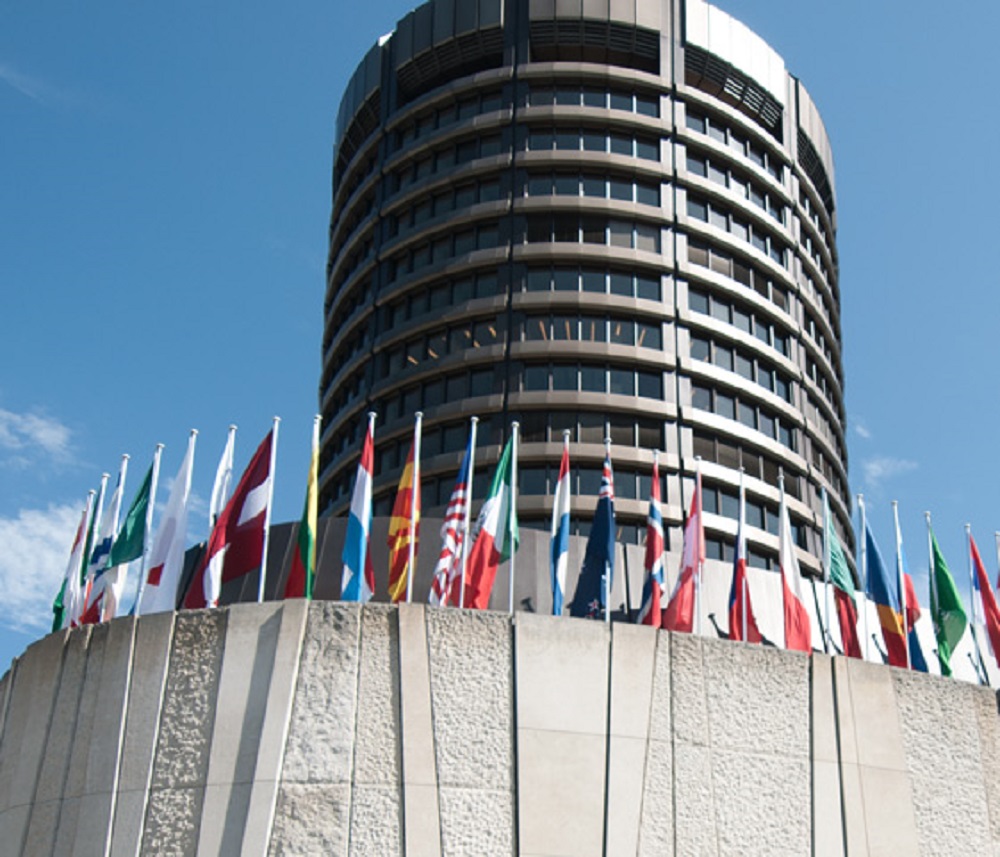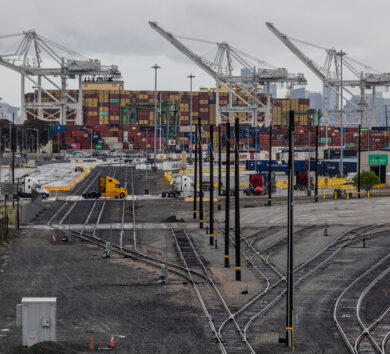
For the first time in years, Cayman’s banking sector recorded growth in the first quarter of 2020.
Until now, the assets and liabilities of Cayman Islands banks have been on the decline since the financial crisis of 2007. Data from the Cayman Islands Monetary Authority shows growth in both assets and liabilities of the local banking sector even though the number of resident banks continues to decline.
The decline at the end of March this year was 124. This is down from 125 at the end of 2019 and 133 at the end of 2018.
Statistics from the monetary authority in the Caribbean territory revealed that banking assets grew from US$662.7 billion to US$727.5 billion during the first quarter of 2020 while at the same time liabilities increased from US$662.2 billion to US$723.9 billion. The first quarter growth in Cayman’s banking sector has fuelled the local economy, which grew by 1.9 per cent over the same period.
The financial sector, which represents the largest contribution to gross domestic product (GDP), grew by an estimated 1.3 per cent based on data from Cayman’s Economics and Statistics Office. The growth is explained by the surge in global cross-border lending, which jumped by 10 per cent year over year to US$33 trillion.
GROWS SHORT OF $2-TRILLION PEAK
This comes against the backdrop of the rapidly escalating COVID-19 pandemic in the first quarter. While the recent growth is welcomed, it falls well short of Cayman’s peak of close to $2 trillion prior to the financial crisis in 2007.
The Bank for International Settlements reports that claims on offshore financial centres rose by US$281 billion with The Cayman Islands accounting for US$160 billion of that amount, representing an increase of almost 60 per cent. While banks represent a sizable amount of the growth, more than three quarters of the claims made relate to non-bank financial institutions, such as hedge funds.

At the end of the first quarter, Cayman banks’ cross-border claims on non-bank financial institutions globally had risen to US$7.5 trillion, up from US$4.6 trillion five years ago. According to Cayman’s monetary authority, this is consistent with the development in recent years, where a decline in Cayman’s banking assets is contrasted by the growth of lending to and by Cayman-resident non-bank financial institutions.
GDP GROWTH IN FIRST QUARTER
The GDP growth during the quarter was led by sectors such as construction, which went up by 11.9 per cent and real estate, which grew by 5.3 per cent. Although Cayman’s hotel and restaurant sector had already suffered by March, registering a decline of 13.9 per cent in the first quarter, finance, construction and real estate were among the growth areas.
Government finances during the quarter remained healthy with an overall surplus of US$176.3 million led by revenues of US$353.2 million, which exceeded expenditures of US$176.9 million. As a result, central government’s debt fell to US$279.3 million at the end of March 2020. This was lower than the US$417.4 million recorded a year earlier.
As for the outlook, the government expects the economy to contract by at least 7.8 per cent overall, depending on the effectiveness of stimulus measures. The forecast is for a rise in unemployment to 7.6 per cent by the end of the year, compared to an average of 3.5 per cent in 2019.
It is projected that the hotel and restaurant sector alone may contract by up to 80 per cent in 2020 with tourism expected to remain below 2019 levels for years to come. However, despite the general contraction in most sectors, construction is expected to rise, as demand for construction services remains robust.
The news is not good for real estate, which could contract by nine per cent and is likely to face further declines, while financial services is projected to contract by 3.7 per cent in 2020.
Business service is also projected to contract going down by 1.7 per cent with downside risks based on volatility in international markets.







Comments